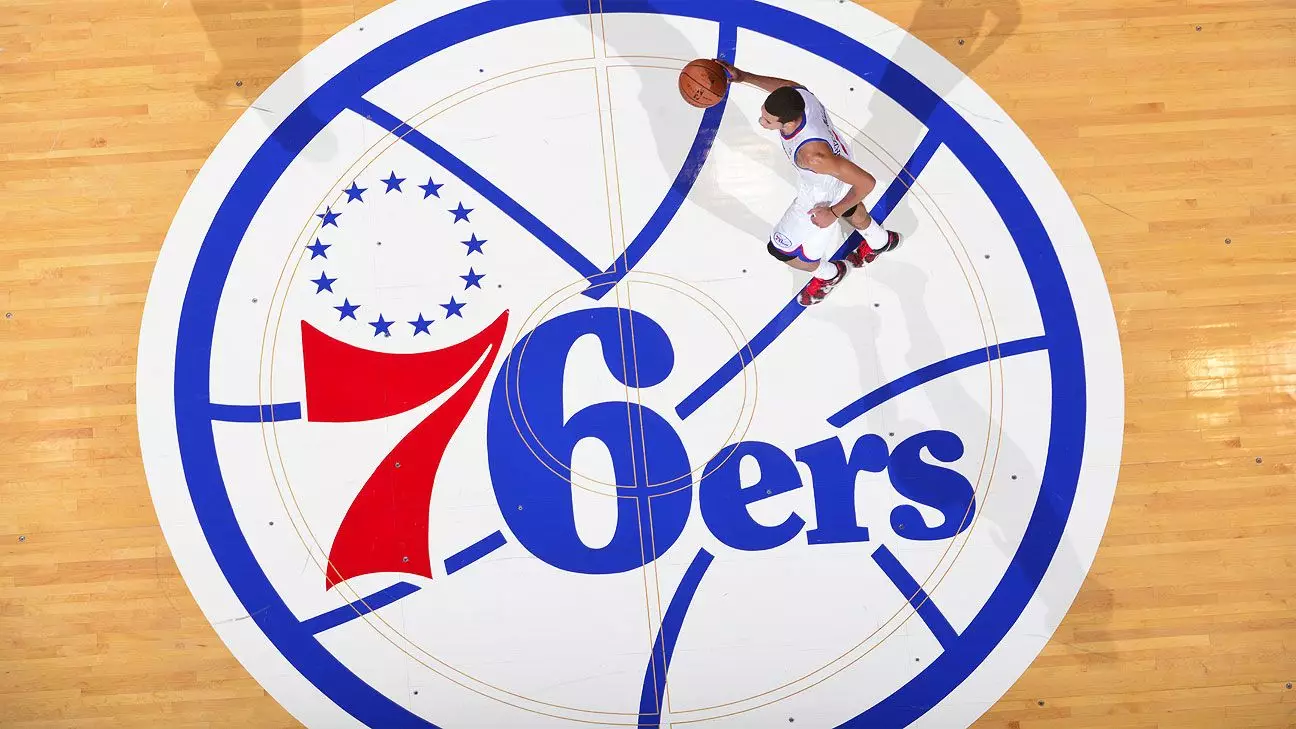The announcement of a new arena for the Philadelphia 76ers, marked by a tentative agreement between Mayor Cherelle Parker and the team’s ownership, has stirred a complex web of emotions and reactions within the community. As the city stands on the brink of a potential urban renewal worth $1.3 billion, stakeholders from all sides are weighing in on the ramifications of this ambitious project.
The Team’s Vision for a New Arena
The central tenet of this proposed venture is the construction of a state-of-the-art facility that not only serves as the home for the 76ers but also catalyzes economic activity in downtown Philadelphia. Team owners assert that the new arena, referred to as “76 Place,” will invigorate the struggling retail corridor around City Hall and optimize the city’s public transportation system. This ambition reflects a broader trend among sports teams: new arenas are often marketed as multifaceted hubs capable of hosting concerts and other events, thereby ensuring year-round profitability and engagement within the community.
Josh Harris, a managing partner of the ownership group, emphasizes a commitment to social equity, inclusivity, and accessibility as foundational principles for this new endeavor. This rhetoric aims to resonate with a modern audience increasingly concerned with corporate responsibility and community engagement. Creating a facility that can seamlessly blend with the urban fabric may well lay the groundwork not just for sports but for cultural revitalization in a city rich with history and diversity.
However, not all feedback has been enthusiastic. Residents of the nearby Chinatown have voiced vehement opposition to the proposed arena, fearing that the influx of traffic, urban congestion, and corporate interests threaten to erode their sense of community. Despite the mayor’s assurances that she is listening to these concerns, critics argue that their voices have fallen victim to the allure of economic development. The construction of the new arena threatens to amplify pressures already felt by the Chinatown community, which has historically fought against various forms of development and encroachment.
Community activists like Debbie Wei of the Save Chinatown Coalition have articulated concerns regarding the adverse effects this project may have on vulnerable populations, including the elderly and low-income families. The apprehension surrounding increased tenant displacement and gentrification underscores a critical narrative in urban development: who benefits from such projects, and at what cost? These questions resonate deeply in the context of contemporary urban challenges, making it crucial for policymakers to engage with community members substantively rather than superficially.
Mayor Parker’s commitment to revitalizing Philadelphia is tempered by a recognition of the delicate balance required in city planning. While economic development is often framed as a mandate for progress, it can inadvertently marginalize existing communities. Mayor Parker’s stewardship of the 76ers’ bid has indeed placed her in a precarious position, where she must honor her promises to both the community of Chinatown and the significant economic interests of the 76ers.
Parker’s assertion of an “historic agreement” may be criticized as overly optimistic given the palpable dissatisfaction expressed by affected residents. The key to navigating this contentious landscape lies in transparent dialogue and collaborative problem-solving. Activists demand to be part of the conversation, insisting that their vital interests in maintaining their community’s integrity should take precedence over corporate ambitions.
The future of the Philadelphia 76ers and their proposed new arena encapsulates the dichotomy of urban development: the promise of financial growth and revitalization contrasted with the potential sacrifice of existing cultural and community bonds. As discussions move into the city council, stakeholders will watch closely. The outcome may set a precedent not only for Philadelphia but for cities grappling with similar tensions between economic development and community preservation.
The fate of the 76ers’ new home hinges on an intricate balancing act—improving the city while respecting and integrating the voices of those who stand to be most affected by this development. The ultimate challenge will not only be in securing approval but ensuring that the promise of progress truly benefits all Philadelphians, maintaining the historic fabric of communities like Chinatown in the face of change.


Leave a Reply